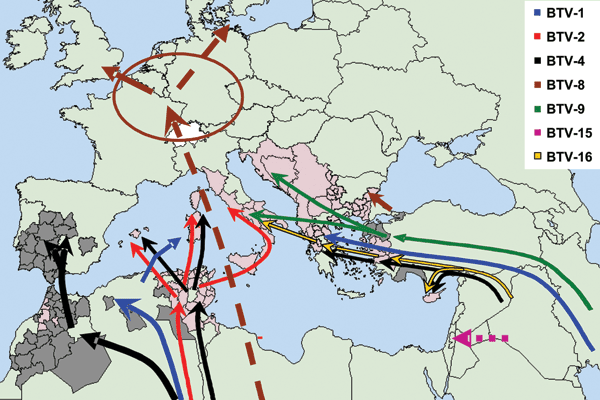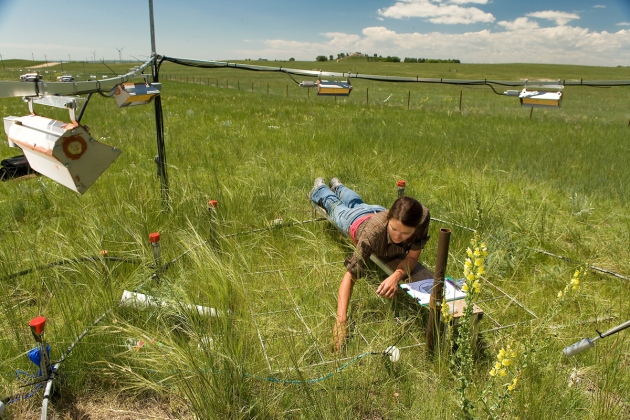Humans
carry more secretion and sweat glands in their skin than any other primate, yet
70% of people lack a vomeronasal
organ. Vomeronasal is a crescent-shaped bundle of neurons at the base of each
nostril that allows a variety of species—from reptiles to nonprimate mammals—to
pick up on pheromones. Still, scientists have continued to search for examples of
pheromones that humans might sense.
Two
strong pheromones are androstadienone (andro) and estratetraenol (estra). Men
secrete andro in their sweat and semen, while estra is primarily found in
female urine. Researchers have found hints that both trigger arousal in the
opposite sex. Yet to be true pheromones, it is said that these chemicals must
shape how people view different genders.
A study
in the Chinese Academy of Sciences
in Beijing split men and women into groups of 24 and then had them watch
virtual simulations of a human figure walking. The head, pelvis, and major
joints in each figure were replaced with moving dots. Patrons in prior studies
had previously ranked the videos as being feminine or masculine.
 In this study, three videos were shown. On the leftmost frame, a video was shown that included
a female gauged as having a quintessential female strut. Patrons
noticed a distinctive swagger in the “hip” dots and how they compared with
the flat pace of the “male” prototype in a video shown in the right frame. An
unbiased walk was featured in the middle frame of the video, but when the
subjects inhaled andro or estra, they judged the walk as either more masculine
or more feminine.
In this study, three videos were shown. On the leftmost frame, a video was shown that included
a female gauged as having a quintessential female strut. Patrons
noticed a distinctive swagger in the “hip” dots and how they compared with
the flat pace of the “male” prototype in a video shown in the right frame. An
unbiased walk was featured in the middle frame of the video, but when the
subjects inhaled andro or estra, they judged the walk as either more masculine
or more feminine.
The
results depended on the viewer’s sexuality. Heterosexual women and gay men perceived the gender- neutral stride as more masculine after smelling andro,
whereas estra had no effect on them. In contrast, study leader and behavioral
psychologist Wen Zhou, pointed out that smelling estra influenced heterosexual
males, but not females, toward perceiving the walkers as more feminine. Gender
judgments of the simulated figures shifted on average by 8% for heterosexual
men and women as well as gay men.
It's very interesting to see how influential smells can be, especially when it comes to sexual arousal. I feel as though i'm going to pay attention to smells more after reading about this study.
Posted by Samuel Ustayev (Group C)







